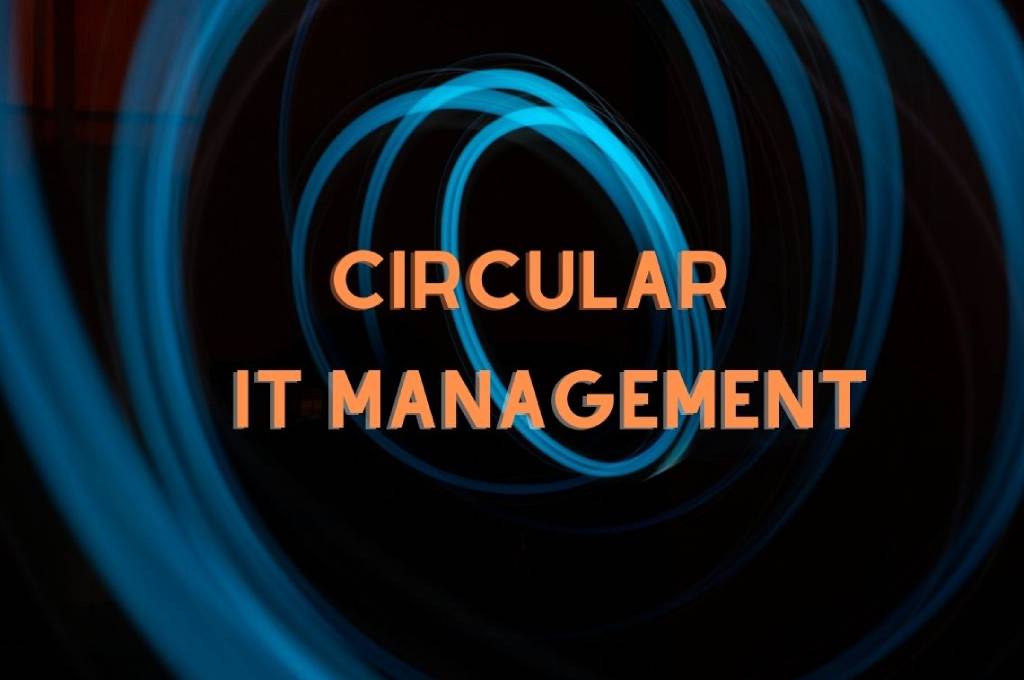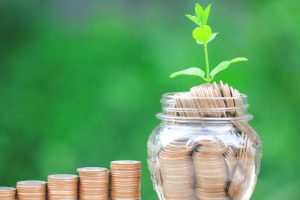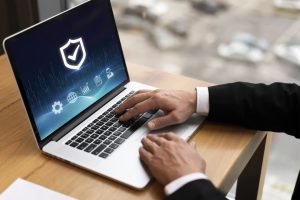Expert Tips On Circular IT Management

We, in this article, explain how anyone who buys and uses IT products can contribute to sustainability by using more sustainable practices to promote a circular economy.
Table of Contents
Linear Economy
In a linear economy, freshly extracted raw materials are used to manufacture products that are then disposed of again – often after a relatively short period – as soon as they are no longer needed. Today’s linear consumption causes significant carbon dioxide emissions. In addition, natural resources are finite and hazardous e-waste is generated in huge amounts every day. Every year this amount adds up to more than 50 million tons worldwide, of which only 20 per cent is disposed of responsibly.
Circular Economy
In a circular economy, on the other hand, resources are used more responsibly. The aim is to extend the lifespan of products and to recycle all materials without generating waste. A circular economy can therefore help to reduce the consequential damage to our planet. The report shows that greenhouse gas emissions from a notebook can be reduced by almost 30 per cent if it is in use for six instead of four years.
Paradigm Shift
The transition to a circular economy is a paradigm shift that requires both great and small efforts. In the report, experts for circularity and IT give 33 specific tips on implementing more sustainable action.
Some Highlights
- The longer use of IT products is the most important measure to conserve natural resources and reduce greenhouse gas emissions.
- The gradual implementation of circular practices, for example, through take-back programs, can drive a change towards a circular economic cycle.
- A circular approach should be used, especially when purchasing IT products. Circular criteria should be used for this.
- The extended service life of IT products is promoted by reselling them.
Also Read: Human Resources: Learn To Stay Productive In Summer






